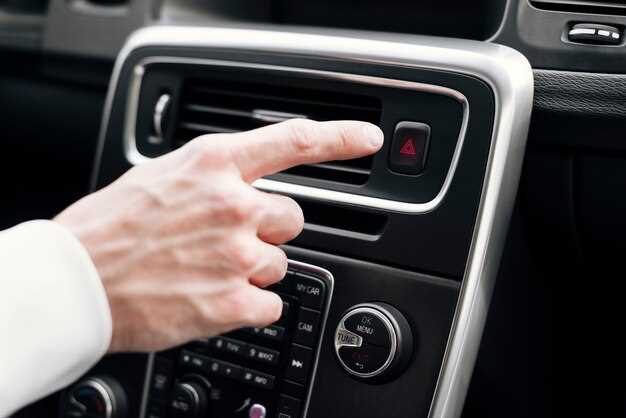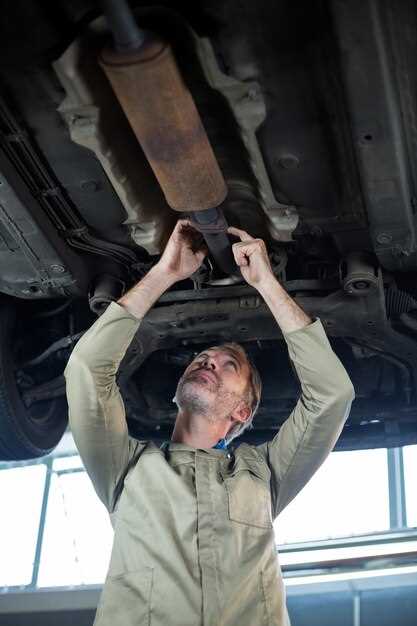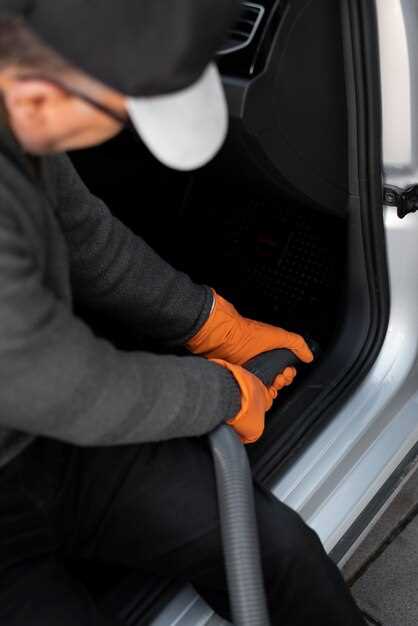
The cabin air filter is a crucial component in maintaining a clean and pleasant atmosphere inside your vehicle. It is responsible for filtering out dust, pollen, and other pollutants from the air that enters the passenger compartment. Over time, however, this filter can become clogged and ineffective, leading to poor air quality and unpleasant odors. Replacing your cabin air filter is not only vital for your comfort but also for your health.
Many car owners may underestimate the simplicity of the process and the positive impact it can have on their driving experience. Contrary to popular belief, replacing a cabin air filter is often a straightforward task that can be completed in a matter of minutes, without the need for special tools or skills. This article will guide you step-by-step through the process, ensuring that you can easily swap out your old filter for a new one.
By following the instructions outlined in this guide, you can improve your vehicle’s air quality, enhance your comfort on the road, and potentially even prolong the lifespan of your car’s HVAC system. Let’s dive into the essential steps for replacing your cabin air filter and ensure you’re breathing the cleanest air while driving.
Identify the Right Cabin Air Filter for Your Vehicle

Choosing the correct cabin air filter is essential for maintaining optimal air quality inside your vehicle. The right filter will ensure that harmful pollutants and allergens are effectively reduced. Follow these steps to identify the correct cabin air filter for your vehicle:
- Consult the Owner’s Manual: The first step is always to reference your vehicle’s owner manual. It contains specific information about the required cabin air filter type and size for your make and model.
- Check Filter Size and Type: Cabin air filters come in various sizes and types. Common types include particulate filters, activated carbon filters, and high-efficiency filters. Consider the conditions in which you drive most often; if you frequently drive in polluted areas, an activated carbon filter might be a better choice.
- Locate the Filter: Cabin air filters are usually located behind the glove compartment or under the dashboard. Knowing where to find the filter will help you ensure that you purchase the correct one.
- Research OEM and Aftermarket Options: Original Equipment Manufacturer (OEM) filters are designed specifically for your vehicle. However, there are various aftermarket options available that may provide equal or better performance. Make sure to read reviews and specifications.
- Use Online Parts Finders: Many automotive websites offer tools to help find the right part. Enter your vehicle’s make, model, and year to receive recommendations for compatible cabin air filters.
- Ask a Professional: If unsure, consult with a trusted mechanic or an automotive store professional. They can provide guidance on selecting the best filter for your vehicle’s needs.
By following these steps, you can confidently select the right cabin air filter, enhancing the air quality in your vehicle and ensuring a healthier driving experience.
Step-by-Step Guide to Locate and Remove the Old Filter
Locating and removing your cabin air filter is a straightforward process. Follow these detailed steps to ensure a successful replacement.
Step 1: Gather Necessary Tools
Before you begin, gather the tools you’ll need: a flathead screwdriver or a pair of pliers, and, of course, your new cabin air filter. Make sure to refer to your vehicle’s manual for any specific tools required.
Step 2: Find the Location of the Cabin Air Filter
The cabin air filter is typically located behind the glove compartment, under the dashboard, or beneath the windshield wipers. To find the exact location, consult your owner’s manual or search online for your vehicle model.
Step 3: Access the Cabin Air Filter Compartment
If the filter is behind the glove compartment, begin by emptying the glove box. Look for screws or plastic clips that hold it in place. Carefully remove these fasteners and gently pull down the glove compartment to access the filter compartment. If the filter is in a different location, follow the necessary steps to expose the area.
Step 4: Remove the Old Cabin Air Filter
Once you have located the cabin air filter housing, open it by unclipping or unscrewing the cover. Remove the old filter by pulling it straight out from its slot. Be mindful of the orientation of the filter, as you will want to install the new one in the same direction.
Step 5: Inspect the Old Filter
Before disposing of the old filter, take a moment to inspect it. Look for accumulated dirt, dust, or debris, which indicates it’s time for a replacement. This will also help you understand how often you should change your filter in the future.
Step 6: Clean the Filter Housing
Before installing the new filter, it’s a good idea to clean the filter housing. Wipe it down with a cloth to remove any dust or residue to ensure optimal airflow.
Step 7: Install the New Cabin Air Filter
Take your new cabin air filter and align it according to the orientation marked on the filter or the direction of airflow indicated within the housing. Slide it carefully into place, ensuring a snug fit before re-closing the filter cover.
Step 8: Reassemble the Glove Compartment
If you had to remove the glove compartment, reattach it by reversing the steps you took to lower it. Ensure that all screws and clips are secured properly.
Step 9: Test the System
Start your vehicle and turn on the air conditioning or heater to check for proper airflow. If everything is functioning correctly, you have successfully replaced the cabin air filter.
Install the New Filter and Ensure Proper Functionality

Carefully position the new cabin air filter in the designated slot. Ensure that it is oriented in the correct direction, as indicated by arrows or markings on the filter itself. Insert the filter until it fits snugly in place; it should not move around or be loose.
After installing the filter, reattach any components or covers that were removed during the replacement process. This may include the filter compartment cover or any screws that hold it in place. Make sure these components are secured tightly to avoid any air leaks.
Once the new filter is installed, turn on your vehicle’s ignition and set the climate control system to the highest fan speed. Allow the air to circulate for a few minutes to ensure that the filter is functioning correctly. You should notice improved airflow and a reduction in odors if the filter was previously dirty.
Additionally, check for any unusual noises or air blowing issues that may indicate improper installation. If everything sounds and feels normal, your new cabin air filter is now installed and should effectively clean the air entering the cabin.
Lastly, remember to document the replacement date. Keeping track of when you last changed the filter will help ensure that you maintain optimal air quality and system efficiency in the future.




